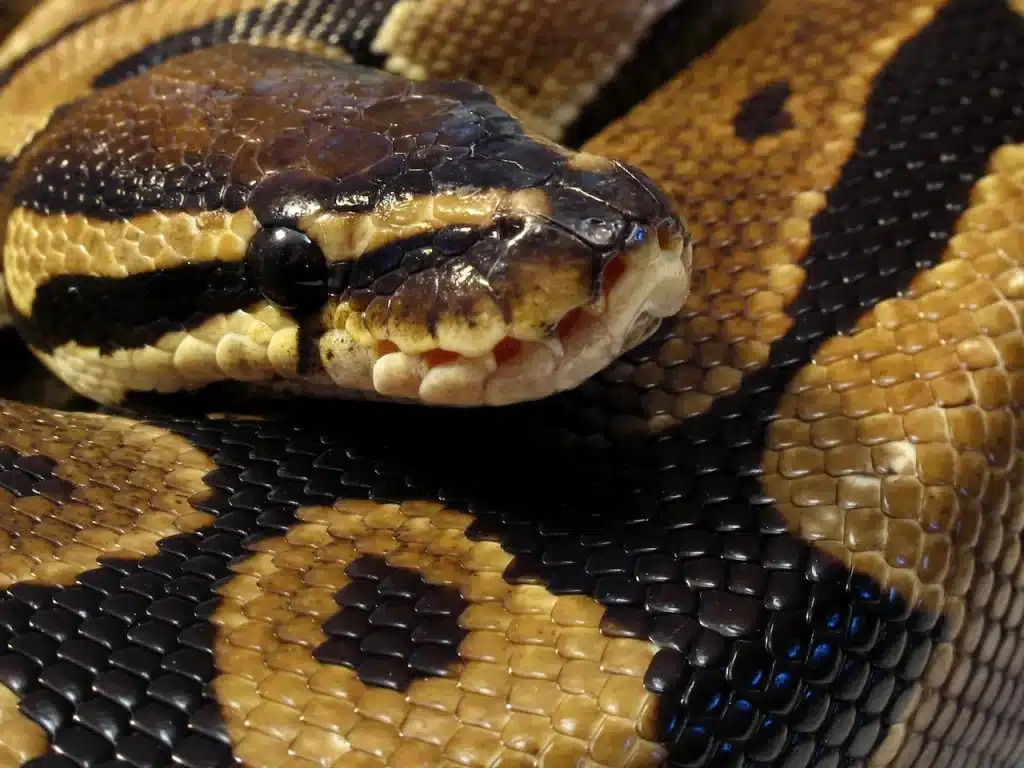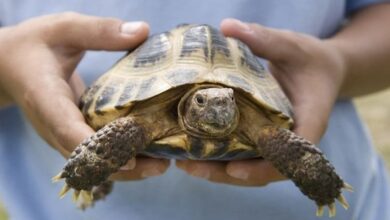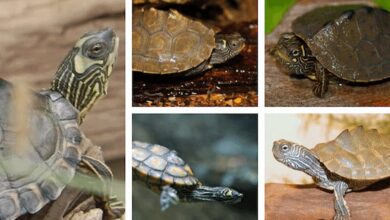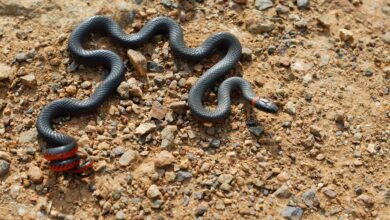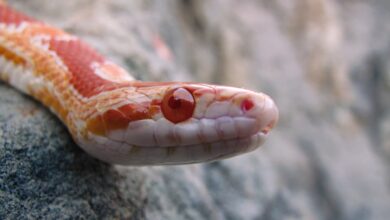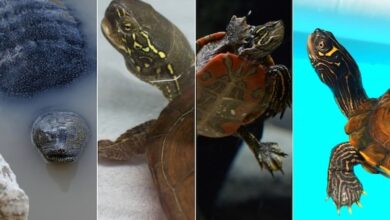Ball Python Enclosure: A Comprehensive Guide
Ball pythons are wonderful pets, known for their manageable size, easy maintenance, and generally docile nature. Their variety in beautiful color variations adds to their appeal. However, ensuring a high quality of life for your pet python involves providing the right care, particularly when it comes to their habitat.
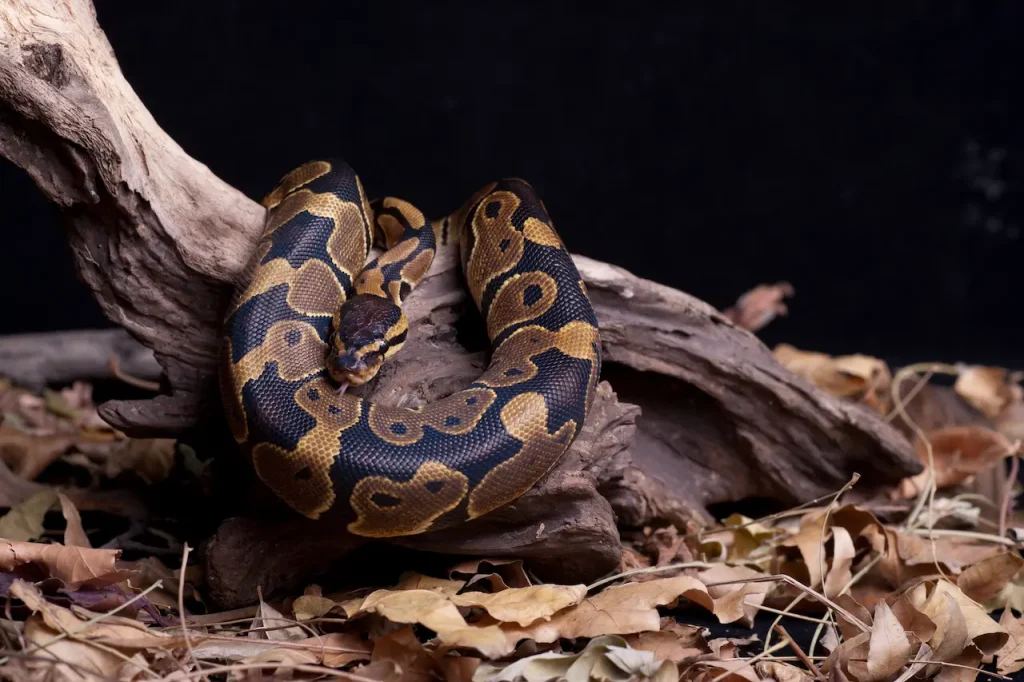
Ball Python Natural Habitat
Understanding the natural habitat of ball pythons is key to recreating a suitable environment for them in captivity. These pythons are native to West Africa, stretching from the coast to central Africa, with many originating from Ghana, Benin, or Togo. They typically inhabit grasslands, scrublands, savannas, and open forests, preferring moderate temperatures by residing in rodent burrows. They avoid dense forests and extremely arid environments.
Choosing the Right Enclosure
The first step in creating a proper habitat is selecting the right enclosure. You have several options:
Glass Aquariums
Pros: Affordable and offer great visibility. Cons: Fragile and poor at retaining heat.
Commercially Manufactured Cages
Pros: Lightweight, front-opening, and designed for heating devices. Cons: Less available; often require online purchase.
Plastic Storage Boxes
Pros: Affordable, lightweight, and easily found. Cons: Require modification for ventilation and aren’t transparent.
Custom-Built Enclosures
Pros: Fully customizable. Cons: Require skill to build; better for experienced keepers.
No matter the type, ensure your enclosure offers 3 to 6 square feet of space for adults and is 12 to 18 inches high.
Providing Proper Lighting and Temperature
Ball Python Habitat Lighting
Ball pythons thrive without specialized lighting. However, a full-spectrum fluorescent fixture can enhance their coloration. A 12-hour light-dark cycle is ideal.
Ball Python Habitat Temperatures
Create a thermal gradient with a basking spot at about 95°F and a cooler area in the low- to mid-70s°F. Overhead heat sources like lamps or radiant heat panels are preferred.
Humidity Needs
Ball pythons require a relative humidity of 50% to 60%. Achieve this by misting the habitat, using damp substrate, or increasing the size of the water dish. Provide a moist hide box, especially during shedding cycles.
Substrate Selection
Choose the right bedding for your python’s comfort and hygiene. Options include:
- Newspaper: Simple and hygienic.
- Paper Towels: Good for beginners, especially for smaller habitats.
- Aspen Shavings: Affordable and absorbent.
- Cypress Mulch: Retains moisture well, aiding humidity control.
- Orchid Bark: Attractive and good for humidity, but can be pricey.
Want to learn about taming a pet snake? Read: How To Tame A Pet Snake
Essential Accessories and Supplies
Hide Boxes
Provide at least one hide box to reduce stress and encourage feeding. Commercial options or inverted plastic tubs work well.
Water Dish
Always have clean water available in a dish that’s large enough for soaking if needed.
Plants
While optional, plants (either plastic or real) can enhance the habitat’s aesthetic. Ensure any live plants are non-toxic and safe for your python.
Thermometers
Use high-quality digital and infrared thermometers to monitor habitat temperatures.
Keeping Your Ball Python Healthy and Happy
In addition to setting up the ideal habitat, here are some tips to keep your python thriving:
- Regularly clean the enclosure to prevent bacteria and mold growth.
- Monitor your python’s health, looking out for signs of stress or illness.
- Ensure a balanced diet, typically consisting of appropriately sized rodents.
- Handle your python gently to build trust and reduce stress.
- Provide enrichment, such as different textures and hide options, to stimulate your python’s natural behaviors.
Ball Python Breeding Considerations
If you’re interested in breeding, understand it requires additional care, including specific temperature cycling and understanding the python’s breeding behaviors.
When Things Go Wrong: Addressing Common Issues
Be prepared to adjust your setup if you notice problems like incomplete shedding (sign of low humidity) or lethargy (possibly due to incorrect temperatures).
Learning and Adjusting: The Key to Success
As a new keeper, start with a simple setup and gradually move to more complex habitats as you learn more about your python’s needs. This approach minimizes mistakes and ensures a healthy environment for your pet.
Conclusion: A Rewarding Journey
Creating the perfect habitat for your ball python is a rewarding journey that enhances both your pet’s quality of life and your experience as a keeper. With the right knowledge and commitment, you can ensure your ball python thrives in a habitat that closely mimics its natural environment, leading to a long, healthy, and happy life.
Feel free to share this guide with fellow snake enthusiasts and embark on this exciting journey of responsible and fulfilling pet ownership.
